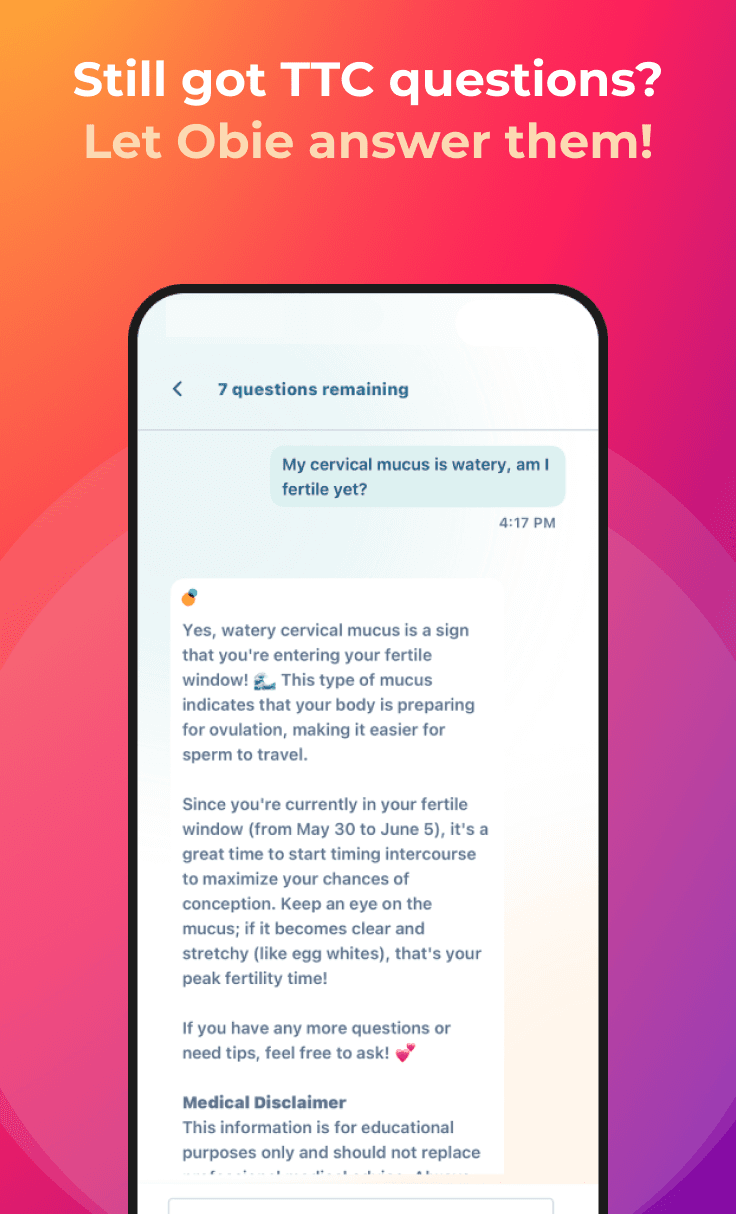What Is an LH Surge?
Fertility
Obie Editorial Team

There are three phases of your menstrual cycle: the follicular phase, ovulatory phase, and luteal phase. In terms of the luteinizing hormone (LH) surge, the ovulatory phase is most important.
Increase in LH followed by surge
As the cycle comes closer to ovulation, LH levels start to rise. FSH, or follicle-stimulating hormone, causes the egg to quickly mature in preparation for the ovulatory phase when the egg is released from the ovary. LH causes an increase in estrogen. As you move from the follicular phase to the ovulatory phase, LH rebuilds the lining of the uterus. The uterine lining starts to thicken to prepare for implantation. Each month this process occurs and either results in your period coming or a pregnancy.
During this time, estrogen increases and serves to thin cervical mucus. This helps sperm swim more easily toward the egg. As estrogen continues to increase, it triggers the LH surge, which is a large increase of estrogen which enables the follicle to release a mature egg. This egg will release into the fallopian tube and this is ovulation.
Testing for luteinizing hormone surge
There are currently over-the-counter urine tests called OPKs or ovulation predictor kits that measure the surge in urine. According to test manufacturers, the OPK test results are 99-percent accurate. There are two forms of over-the-counter LH surge testing kits, commonly marketed as ovulation tests. The first measures LH in urine for seven days. Women need to calculate the correct seven days to use the kit based on the menstrual cycle and cervical mucus changes. Many women choose to use the calendar method to track ovulation cycles and choose the best time to perform LH surge home testing.
The other option is a monthly testing kit that includes enough tests to measure LH for 20 consecutive days. Testing often begins one to three days after the menstrual cycle ends depending on the length of your menstrual cycle. If your menstrual cycle lasts less than 35 days, you start testing on the day after your menstrual cycle ends. If your cycle lasts more than 35 days, wait two to three days before you start testing for LH surge.
When LH surge does not happen
LH Surge does not occur in all women, but when LH does not surge there is often an underlying condition causing lower than normal LH levels. Some of the conditions that can contribute to lower than normal hormone levels include Kallmann syndrome, hypothalamic suppression, and eating disorders.
Alternatively, having higher than normal LH levels can also cause problems with LH surge and fertility. Abnormally high LH may also mean that you have a pituitary disorder or polycystic ovary syndrome.
Common conditions that cause an abnormally high LH level include premature menopause, Swyer syndrome, and polycystic ovary syndrome. Abnormally low levels of LH may mean you have a pituitary disorder, anorexia, malnutrition, or are under stress.
Read More










